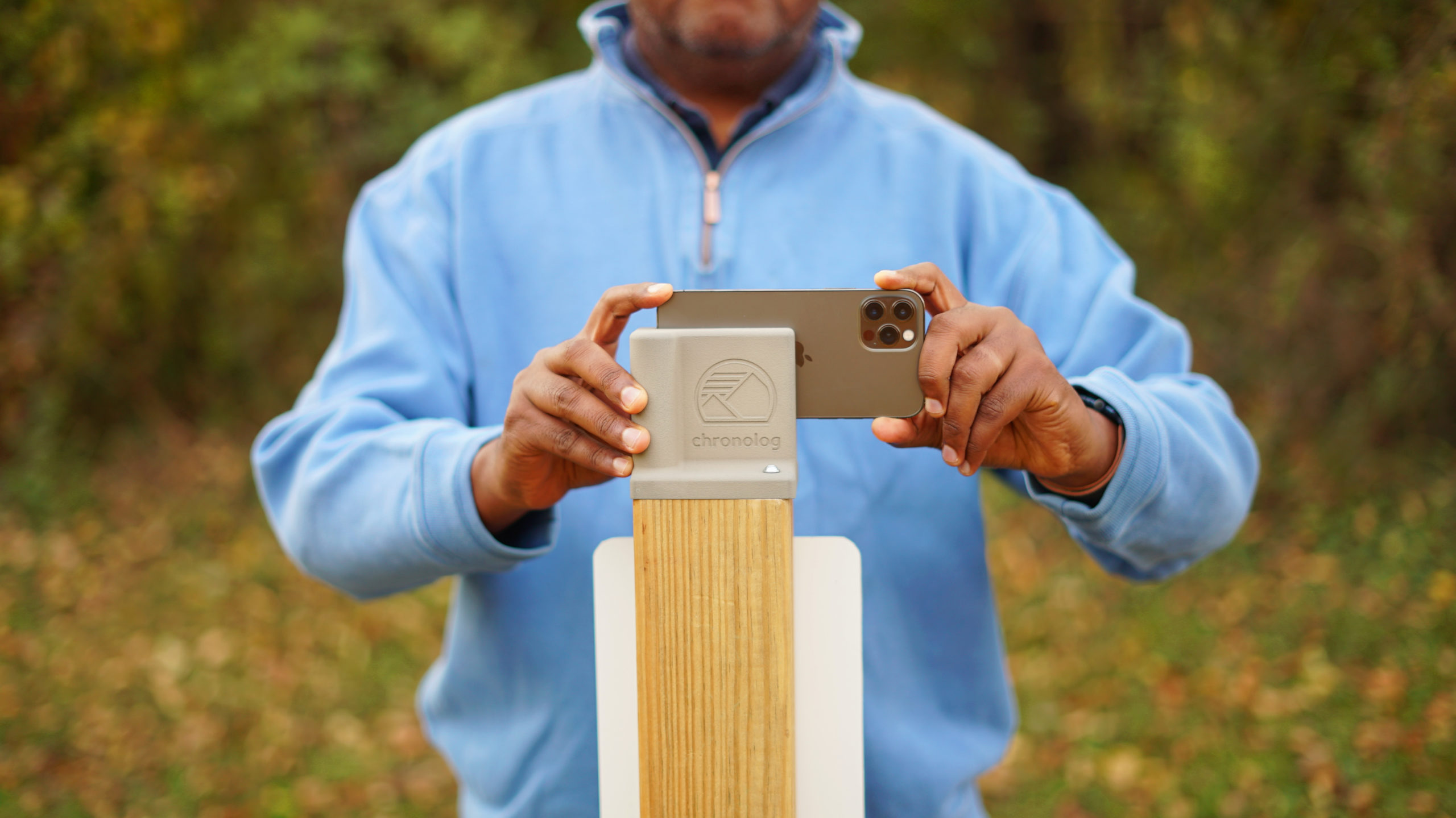28 February 2022
Earth science storytelling with community science
Posted by Shane Hanlon
By Jake Rose
The standard scientific method begins with an observation. Then the scientist will create a hypothesis, collect evidence, test their theory, analyze data, and make a final conclusion. So much goes on behind the scenes before that data is available to the public and most people are even aware of a problem.
What if the public were involved at the beginning of the process—the observation? Would they be more likely to understand the issue and support a solution? That’s the aim behind the Chronolog community science project. Chronolog partners with environmental land stewards who study ecological change to install photo stations in front of scenes of environmental significance. These photo stations enable visitors to take photos from a standardized point of view and submit them to create crowd sourced time lapses.
Change in the environment is difficult to see and understand because it happens gradually. Scientists are limited in their capacity to make observations of natural areas and monitoring projects are expensive and complex. The Chronolog project connects researchers with visitors who venture out into these natural areas. These crowd sourced time lapses not only create a new phenological record but also involve the public in the scientific process. This new data set allows environmental educators to ‘show’ and not just ‘tell’ how the earth is in a constant state of change.
Concepts such as erosion, prescribed fire, invasive plant species, or changes in seasonal patterns can be told through a visual story, and by submitting personal photos, the public becomes a part of that story. This new interactive program is one example of hundreds of citizen science projects that allow the general public to participate in
the scientific process.
-Jake Rose is a coordinator of the Chronolog program. Find him on Instagram.











 The Plainspoken Scientist is the science communication blog of AGU’s Sharing Science program. With this blog, we wish to showcase creative and effective science communication via multiple mediums and modes.
The Plainspoken Scientist is the science communication blog of AGU’s Sharing Science program. With this blog, we wish to showcase creative and effective science communication via multiple mediums and modes.